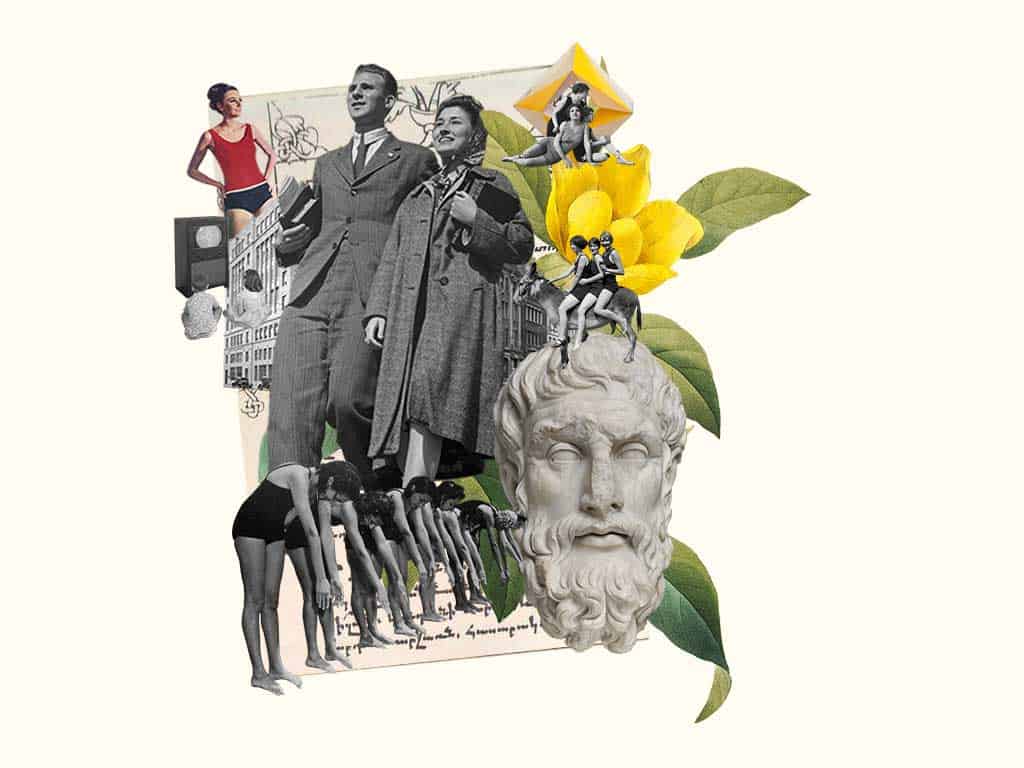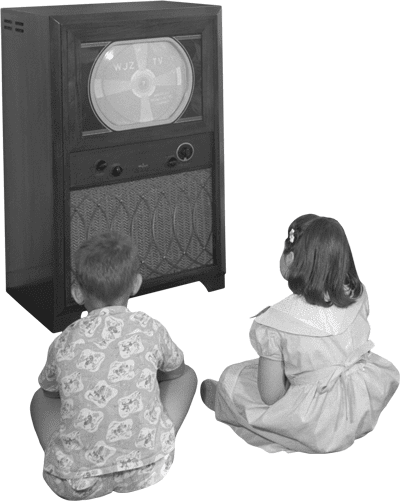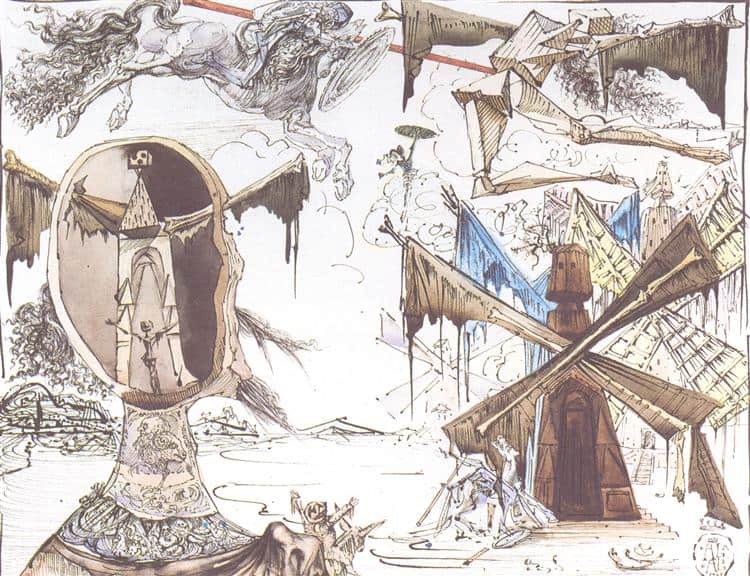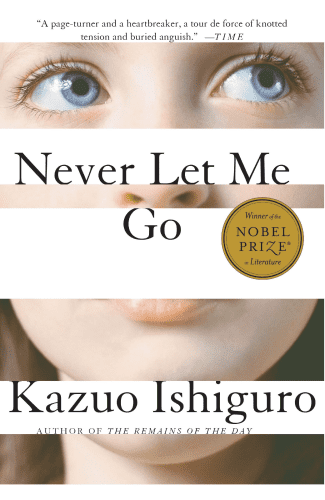What is always chosen as an end in itself and never as a means to something else is called final in an unqualified sense. This description seems to apply to happiness above all else; for we always choose happiness as an end in itself and never for the sake of something else. (1097b)
Aristotle

Nicomachean Ethics
Aristotle

here are many, many excellent translations of the Nicomachean Ethics. Some, like the Oxford edition by W.D. Ross, are renowned for elegant English prose; others, like the Focus Press translation by Joe Sachs, are willing to sacrifice some readability to lean heavily toward a literal translation. For the purposes of use in a class of non-specialist, readability is important. Whatever translation is used, make sure there are line numbers and a basic glossary. Translations in this write-up are taken the Macmillan Library of the Liberal Arts paperback, translated by Martin Otswald (ISBN 0-02-389530-6)
In his treatment of Ethics he asks what makes a good human life.
While Aristotle doesn’t make easy reading, there is an admirable straightforwardness to the way in which he takes up the most fundamental questions. In his treatment of Ethics he asks what makes a good human life. Having determined, as indicated by the quotation above, that we might go about answering that question by attempting to determine that toward which all action is aimed as an end in itself, and that this is happiness, he asked what happiness is. The definition of happiness at which he arrives after some consideration is “an activity of the soul in conformity with excellence or virtue.” (1098a 15) This, naturally, leads to the question of what might be meant by “virtue,” – which question occupies a large part of the book. It turns out through Aristotle’s analysis (which includes examinations of pleasure, pain, and many different types of human activity) that there are higher and lower virtues, and that the highest form of virtue and associated activity, leading to the most profound and lasting happiness, is philosophical contemplation.
Why This Text is Transformative?
Aristotle’s definition of happiness is challenging to the modern reader on many fronts, and whether or not one ultimately agrees with him, his arguments will compel students to articulate, refine, and perhaps profoundly rethink, their own positions.
This text is transformative because of the absolutely direct way it takes up the essential question of what it is to live a good life. Aristotle’s definition of happiness is challenging to the modern reader on many fronts, and whether or not one ultimately agrees with him, his arguments will compel students to articulate, refine, and perhaps profoundly rethink, their own positions. Although the highest form of happiness is determined to be that arising from contemplation, students of less contemplative natures can also find themselves in the text as Aristotle looks closely at many different types of human excellence, including for example the compelling portrait of the “high-minded” (often translated as “great-souled”) person, described in book four. This person is much concerned with honor and dishonor, recognizes their own greatness, assesses it accurately, and makes claims that “correspond to his deserts.”(1123b 15)
A Focused Selection

There are many focused selections from the text that repay close attention from the class, including the definition of happiness (“an activity of the soul in conformity with excellence or virtue”), and the portrait of the “high-minded” or “great-souled” individual. Yet another, and one likely to appeal to many students, is Aristotle’s extensive consideration of friendship in Book 8, continuing into book 9. (If this is too much reading, perhaps the first 5 sections of book 8 – from 1155a – 1158a – could be examined.) Aristotle enumerates different types of friendship, asks about the relationship between friendship and overall character, wonders whether the truly happy person (who might be considered to be self-sufficient) needs friends, and talks about friendship with oneself. There are few other works that invite students to think as seriously and rigorously, and humanely, about the relationships that are some of the most important of their lives.
Study Questions

1) Aristotle is very clear that happiness is an activity. This is quite different from most contemporary understandings, which would probably tend to classify happiness as some sort of emotional state. Does the idea of happiness as an activity make sense to you? What difference does it make to think of happiness as an activity? When you think of times in which you have been happy, can you discern a sort of activity, and a kind of “excellence or virtue” as essential to the experience? Would it make a difference to your life to understand happiness this way?
2) Do you agree that the highest form of happiness is likely to be found through the activity of philosophical contemplation? What other sorts of human activity do you think might be especially conducive to happiness as defined by Aristotle?
3) Are there certain sorts of societies or political arrangements that would be most conducive to happiness – or that might render happiness exceedingly rare?
4) What does happiness have to do with human relationships? Do happy people need friends? Do you agree with Aristotle’s classification of the types of friends? Into what category do most of your friendships fall? Can only good people have real friendships? How does one be a friend to oneself?
Building Bridges
The theme of friendship makes a good bridge to a consideration of Kazuo Ishiguro’s Never Let me Go, a contemporary novel that examines the friendship between three young students – Kathy, Tommy, and Ruth – who become friends at an isolated boarding school. How is this friendship important and formative to each of them? Are they made better people by this friendship? Having made this connection with the Nicomachean Ethics through an examination of friendship, the conversation can be taken to the central question: what is a good human life? What is it toward which all human life aims? For, as the reader of Ishiguro’s novel slowly becomes aware, the aim of the lives of Kathy, Tommy, and Ruth is not their own happiness; they have been brought into being specifically and entirely for the ends of society. Is happiness possible in such a situation? Is such a life fully human?
Supplemental Resources

Don Quixote and the Windmills, 1945 - Salvador Dali - WikiArt.org
Don Quixote has been an inspiration for many visual artists. Spanish surrealist Salvador Dali returned to the novel multiple times throughout his long career, creating sketches, paintings, and sculptures of Don Quixote and Sancho, depicting important episodes in the book. A pairing of an episode with one of Dali’s works can lead to a stimulating discussion.
What details do students notice? What do his artistic choices suggest about his interpretation of the characters? To the extent that students are familiar with the story of Don Quixote, it is likely to be as it is filtered through the musical The Man of La Mancha. The musical has its own merits, and is framed by the interesting device of placing Cervantes on stage as a narrator, but of course it is impossible for it to capture much of the complexity of the book – and it alters the ending dramatically. Students may find it interesting to compare the two endings.
Text Mapping
Discipline Mapping
Psychology
Humanities
Philosophy & Religion
Page Contributor




